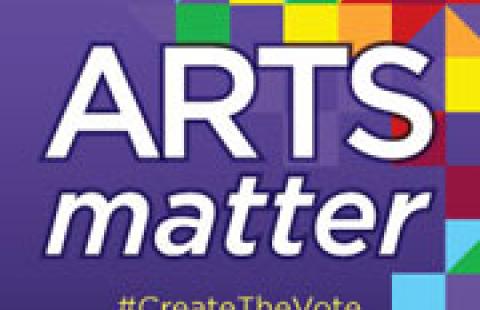What were the specific goals of this creative economy project? Describe the community development challenge or opportunity that your project was designed to address:
The Project had four goals:
Encourage candidates to propose bold and dynamic arts platforms
Encourage voters to make the candidates’ platform on the arts one of their priority issues when voting
Engaging arts leaders and supporters in non-partisan political action
Tell the stories of impact from the arts and cultural community to candidates and voters
If the goals change over time, please describe how:
The goals stayed constant throughout the campaigns.
Who was involved in this project and what did they do? (be sure to include the partners from outside of the creative sector and how local voices were included):
In the Boston campaign, 100 institutions participated in the campaign meeting with candidates, doing voter education and encouraging candidates to be champions of the arts. In the statewide campaign, more than 450 institutions engaged in similar activities. The participants ranged from individual working artists to major cultural institutions. A core group of 10-12 help develop and guide the strategy throughout the campaigns. MASSCreative staff worked with the broader campaign to help the broader community implement its tactics.
How does this project relate to a larger community development strategy?
We need our political leaders to not just be supporters of the arts, but champions of the arts. An election is an opportunity to encourage the candidates to make strong commitment to supporting initiatives around arts and the creative economy. It is also an opportunity to make arts and culture an issue when they enter the voting booth. We need to better use the election season as an opportunity to broadcast the stories fo the arts and cultural community to our leaders and the public.
What projects or places, if any, inspired your approach to this creative economy project?
We used models from other movements, such as the environmental and LGBT communities, to guide our strategies and tactics. These movements have successfully run nonpartisan public education initiatives during elections to build their grassroots movement and influence candidates.
